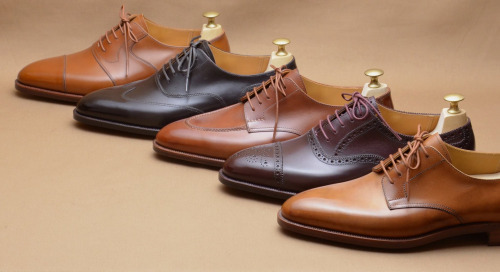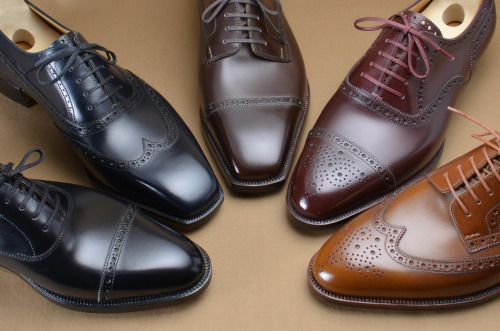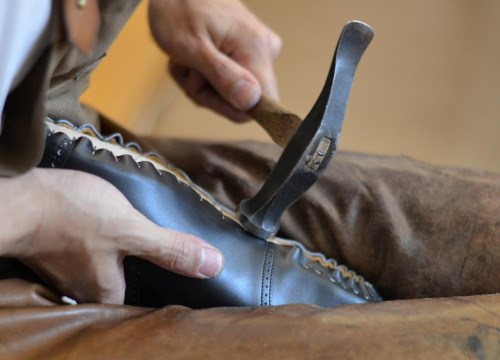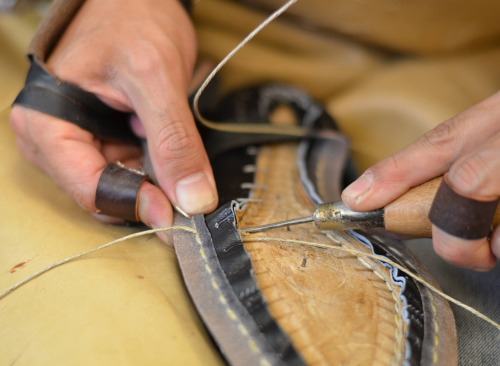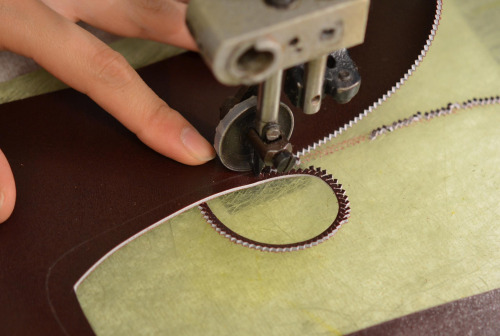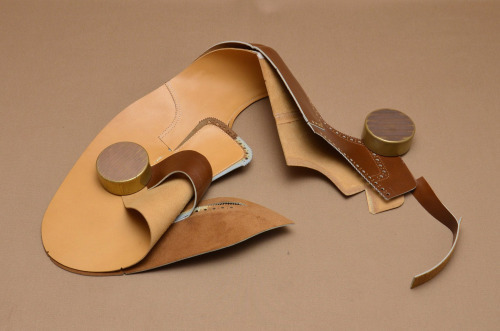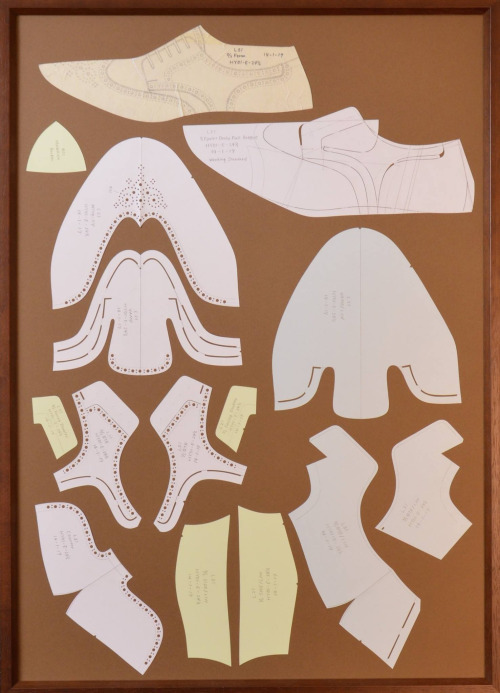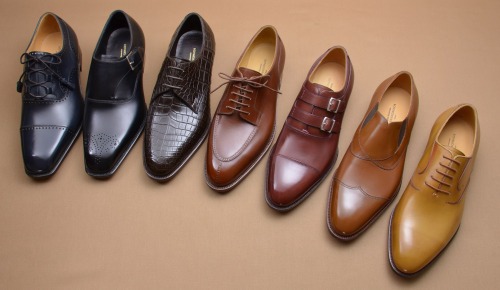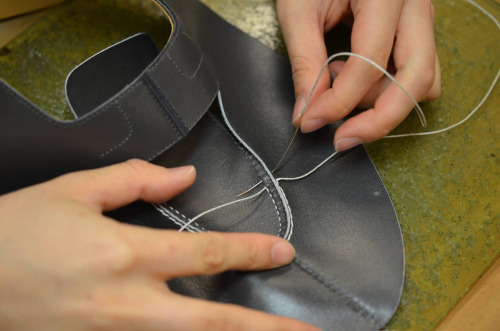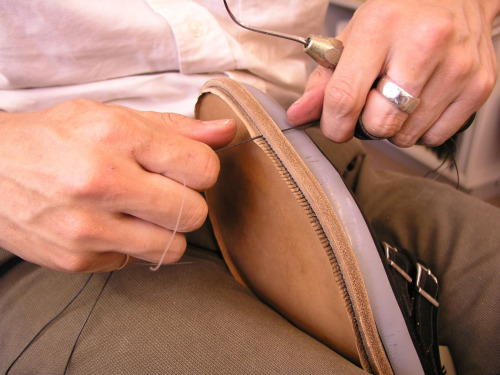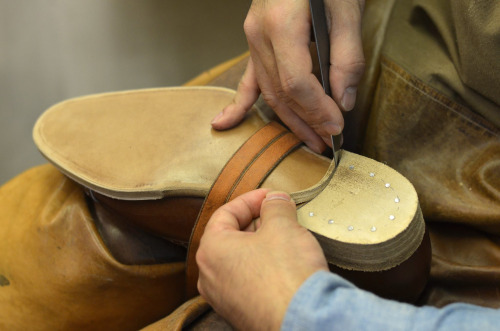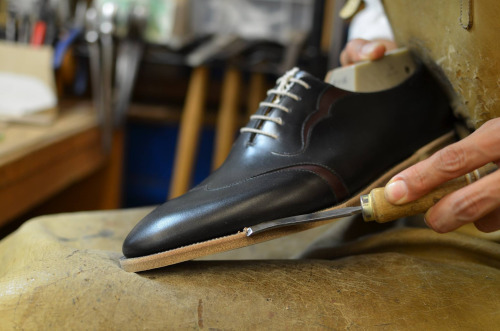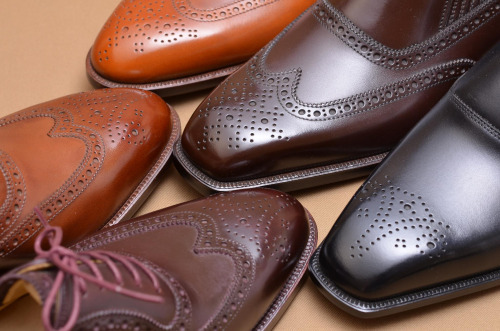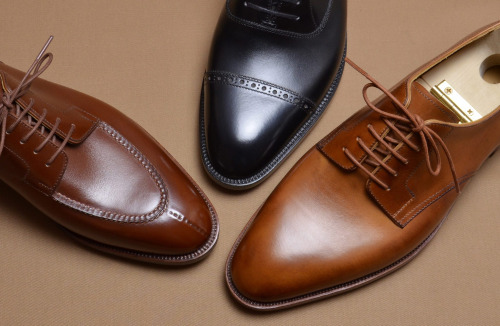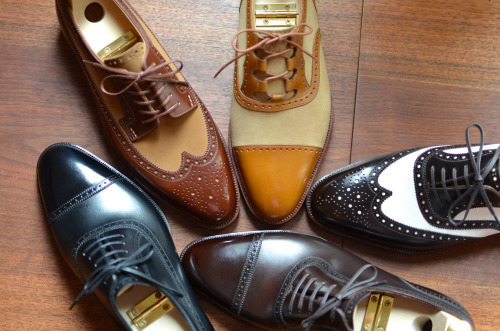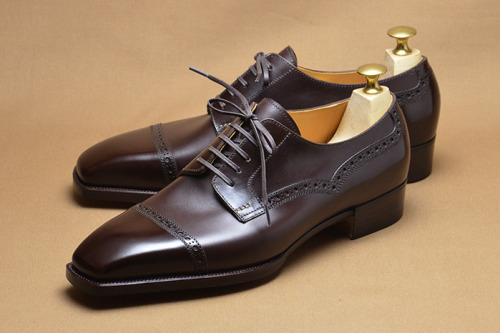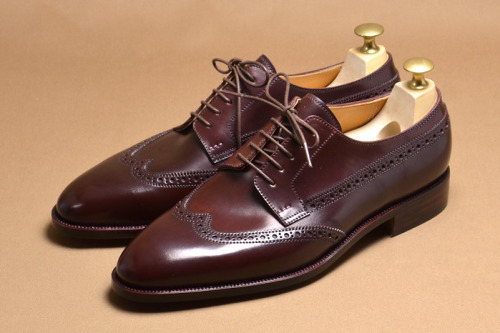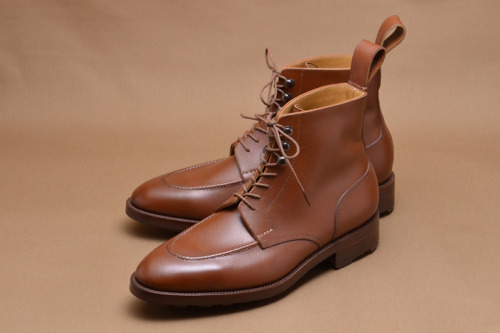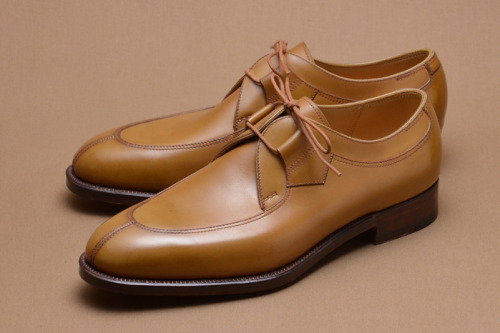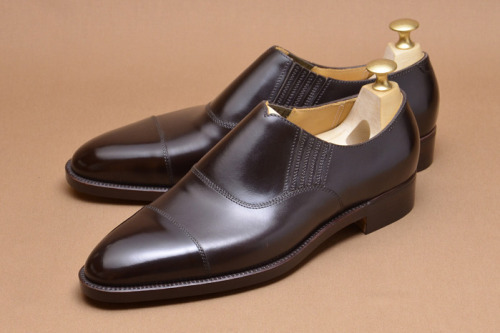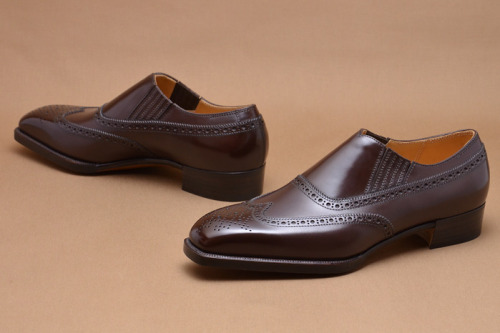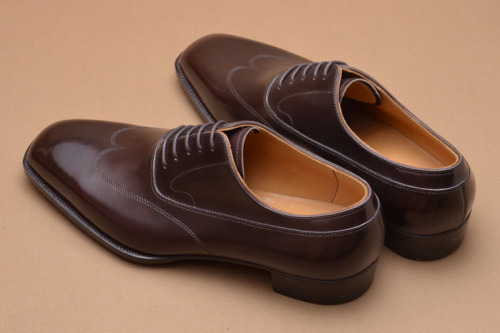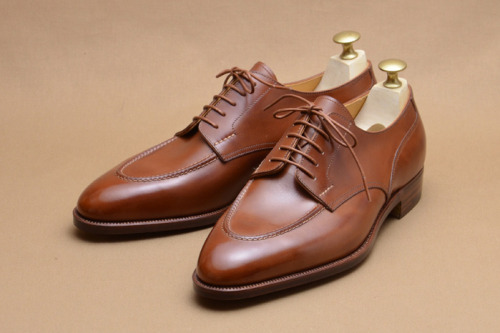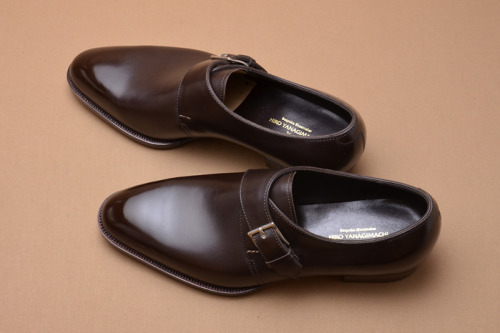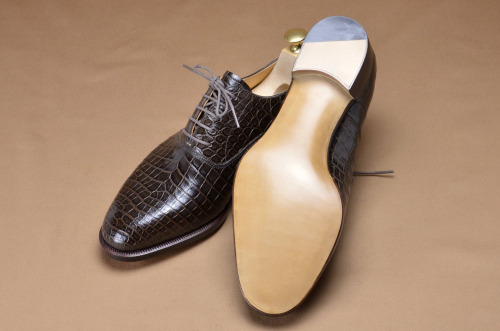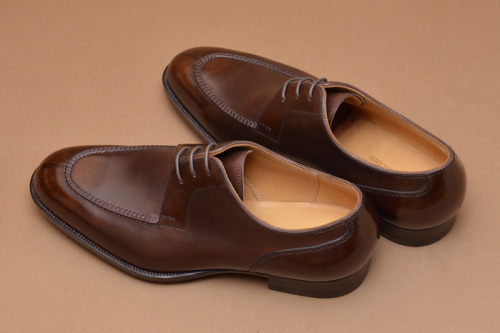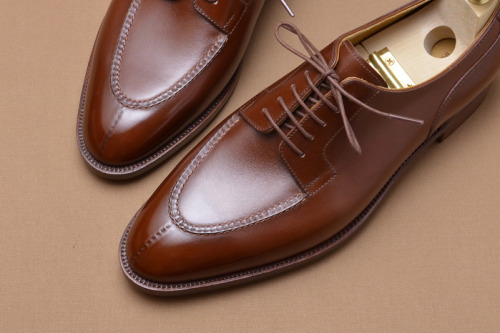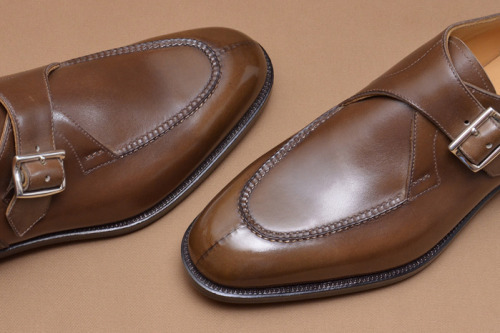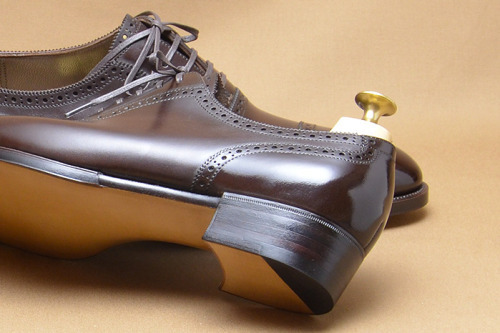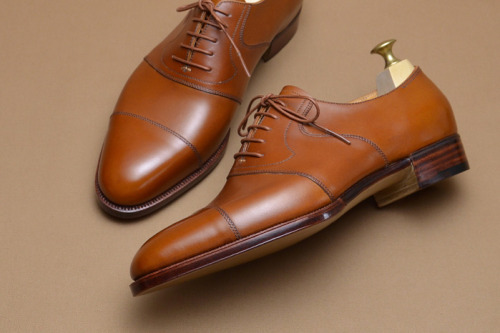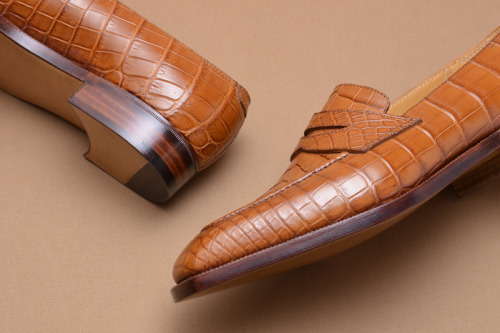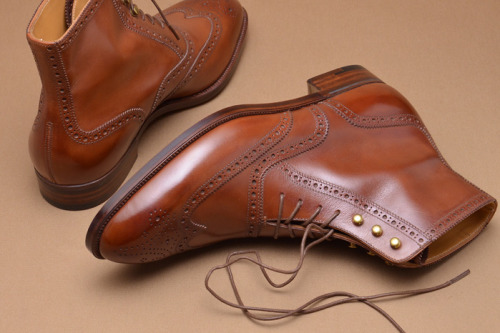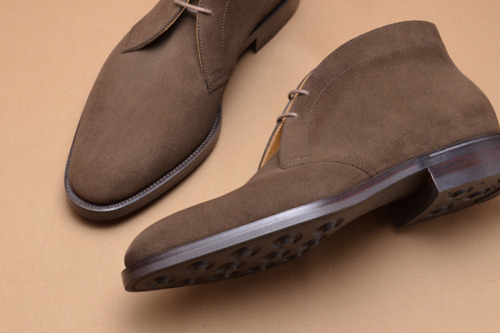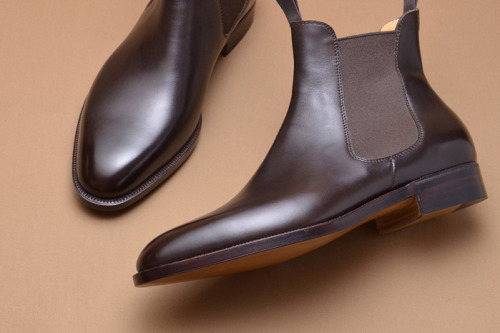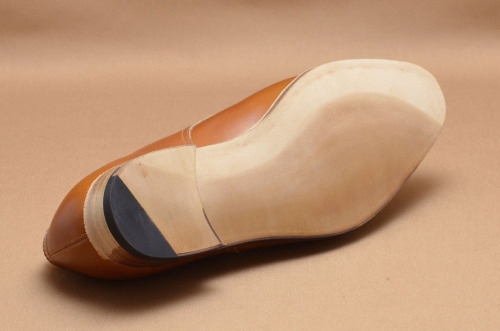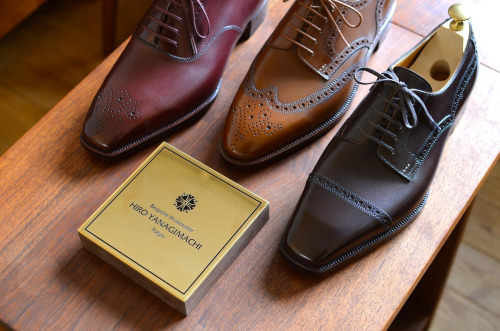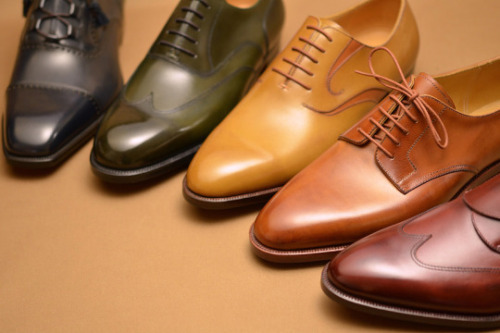
There’s something beautifully organic about Hiro Yanagimachi’s shoes, but many people have never heard of the company for a very simple reason: despite there being over fifty bespoke shoemakers in Japan, and nearly two dozen ready-to-wear labels, their shoes are rarely sold or even seen outside of the country. In fact, they’re rarely even talked about on English language blogs, which means the rich world of Japanese footwear remains fairly opaque to outsiders.
There are some makers, however, who occasionally visit the US and Western Europe. The Armoury, for example, hosts trunks shows in NYC with Koji Suzuki, who trained in Florence, Italy under the famous Roberto Ugolini. Similarly, Hiro Yanagimachi is just starting to tour the world. “British shoes taught me the meaning of classic,” says Yanagimachi. “At the same time, I’ve always enjoyed the fun in Italian style, the sophistication of French footwear, and the comfort and casual nature of American shoes. I don’t follow any particular style, but they’re all reflected through my work when I try to answer the question ‘what is a Hiro Yanagimachi shoe?’”
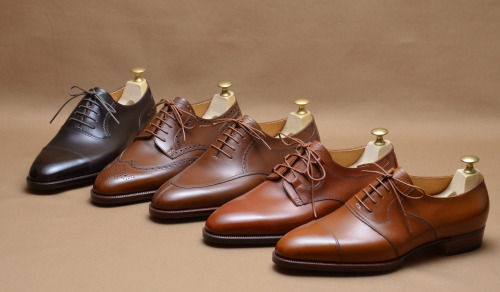
That answer isn’t easy to articulate, even if it’s easy to see. Although Yanagimachi tells me his most popular styles are his cap-toed oxfords, he sees his company more reflected in models such as the Ghillie. Made with a loop lacing system, rather than traditional eyelets, it’s a traditional country style that Yanagimachi has turned modern through a sleek, but well-balanced, shaping (imagine those being worn with a checked tweed sport coat and beige cavalry twill trousers). Similarly, his derbies often feature long, fluid lines, which give his shoes a certain organic feel – somewhat like the shapes you see on leaves or gently winding streams. Check out these examples of oxfords and elasticized slip-ons, for example.

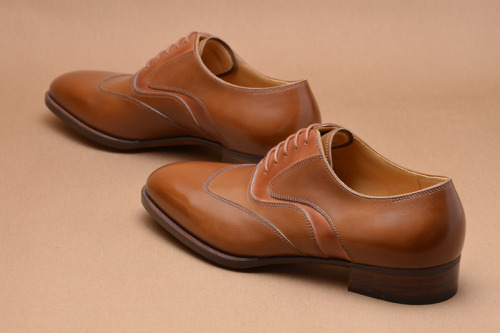

Of course, being a custom shoemaker means Yanagimachi can make anything you want. He has a three-tier ordering system:
- Made to Order: Shoes built on the company’s base lasts, which are offered in two widths and two toe shapes (rounded and softly chiseled). Once a proper size has been determined, a custom order can be made in terms of design.
- Made to Measure: Small modifications made on the base lasts, according to the customer’s experience with trial shoes. Like all of Yanagimachi’s shoes, these can be made with a handsewn or machine-stitched sole (handwelted shoes are more traditional and better built, but they come with an upcharge).
- Bespoke: Here, a last is made from scratch and the fit is honed-in through a series of fittings. Yanagimachi’s bespoke service is the only one where he’ll offer loafers, given the difficultly of achieving a perfect slip-on fit.
Unlike his British counterparts, who rely on a network of outworkers, Yanagimachi and his staff do everything in-house. Along with him, there are seven employees – four full-time shoemakers; three part-time. Everything is produced by them from beginning to end, except for the production of shoe trees.
Unfortunately, since Yanagimachi is uncompromising about fit, your first order will require an initial in-person meeting (don’t bother trying to order via email – I tried). Here, he’ll have you try on his trial shoes in order to determine whether you’ll fit into one of his standard lasts. Once a well-fitting last has been determined (whether base, modified, or bespoke), subsequent orders can be placed remotely. “Some people have healthy feet and don’t need bespoke shoes, but many others report having problems with ready-made footwear,” he says. “Judging from my experience as a bespoke lastmaker, ready-made lasts don’t have the sort of features you find on people’s feet. They’re designed with production in mind, rather than achieving a truly proper fit.”
To meet with Yanagimachi, you can visit him at his workshop in Tokyo. He’s also planning to tour the US, Russia, and Norway for the next year. His first visit is in NYC on October 2nd and 3rd at Leffot. Part of this tour is to meet with customers, but it’s also part of a survey Yanagimachi is conducting in order to develop a new set of lasts for Western customers (the other lasts are designed for East Asian feet). Stop by to give him some feedback.
